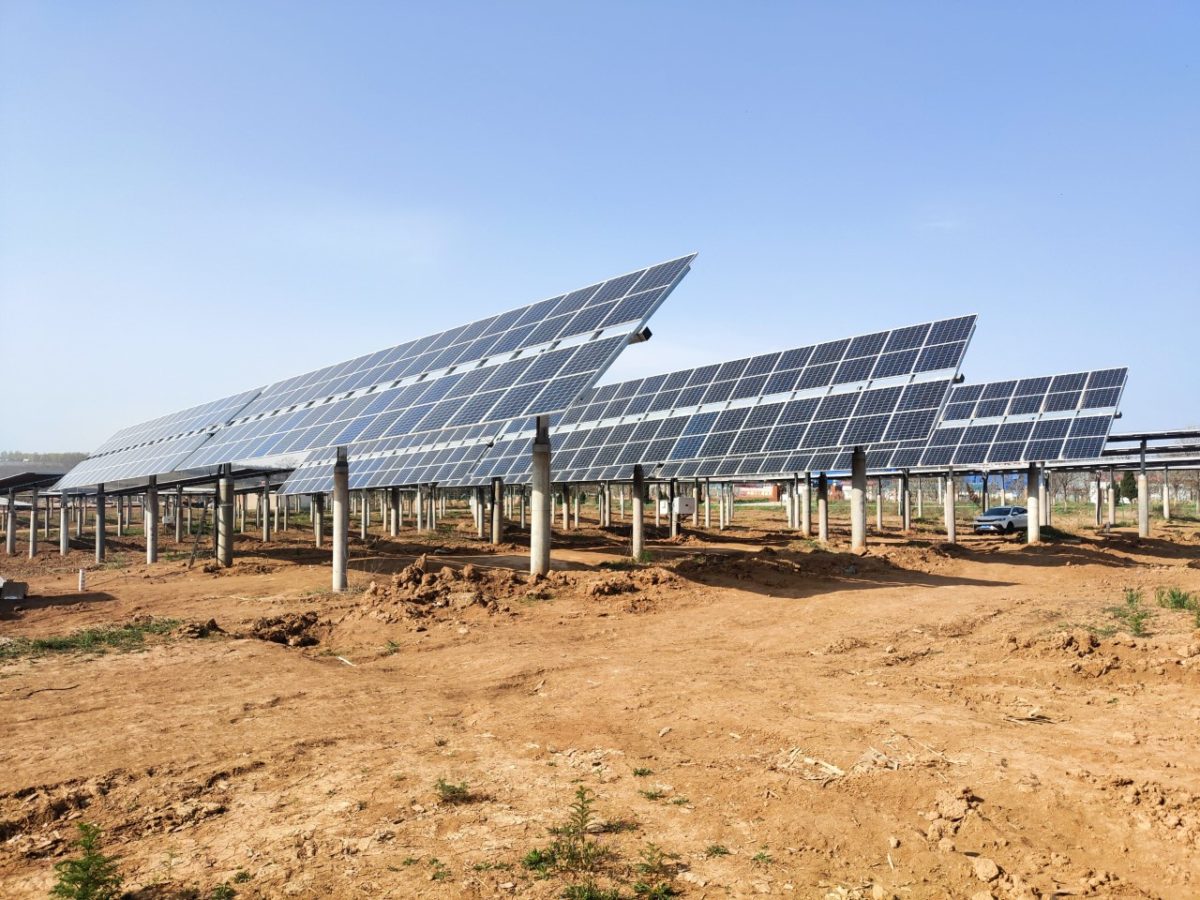Chinese module manufacturer Trina Solar plans to release new solar modules based on tunnel oxide passivated contacts (TOPCon).
“TOPCon is not new to Trina, we built our first pilot project four years ago – a 400 MW solar plant under China’s Top Runner program,” Helena Li, president of the company’s global cell and module business, told pv magazine in a short interview at the recent Smarter E event in Munich, Germany. “We utilized our own n-type TOPCon technology in that project, but when we built that customers were not ready to buy these products, as prices were too high, although we had a production line of a certain size. However, we built on this experience for our current approach.”
The company is still uncertain about when it will launch its new n-type TOPCon products.
“This time it depends on the shortage of components and materials,” Li said. “We don’t want a new product which may eventually not be able to supply.”
She said the whole n-type transition is now being postponed. The company plans to raise its capacity for new n-type products from 500 MW to 20 GW by the end of 2023.
“We are also looking at interdigitated back-contact (IBC) and heterojunction, but first we want to expand our TOPCon business,” said Li.
In March, Trina Solar said that its 210 mm × 210 mm TOPCon cell had achieved an efficiency of 25.5%.
“Our 210 plus n-type technology is undergoing rapid advance, expected to increase power by another 3% to 5%, further driving down (the levelized cost of electricity). Surely in the offing, but constrained by supply chain pressure,” Li said. “Our shipments have already grown 40% year on year, maintaining a high market share, despite all difficulties. Trina Solar will keep developing TOPCon tech rapidly and is planning to raise its capacity for new n-type products from 500 MW currently to 20 GW by the end of 2023.”
Supply chain issues have been going on longer than the company initially expected, she noted.
Popular content
“First the covid and then all these logistics issues. Then there was the problem with the Suez canal, and now there are the war in Ukraine and the inflation. Furthermore, there is a new covid crisis in China. You can see what we had to go through,” Li said.
The current situation is teaching the company about its own clients, however.
“It is teaching our industry how to adapt to new and unknown circumstances. For example, previously we could never suspect that shipping costs for solar modules may be between $0.04 and $0.05 per watt. This is 15% or 20% of the total module costs, and we never expected this to materialize,” she said. “In spite of current constraints, we are very optimistic about the European markets. Trina Solar has been playing a leading role in Europe and globally, with more than 22 GW shipped to European markets to date, ranking first in the region.”
The company has launched a number of joint ventures or partnerships to diversify its polysilicon, ingot and wafer sources over the past year, especially in Southeast Asia.
“We realized supply chain can not be centralized in one place and customers also want independence. Our mid-term strategy is to have a clear fragmentation of products and markets, as well as geographically diversify our supply chain. Different markets require different supply chains,” said Li.
Trina Solar is now considering more solar factories through new partnerships.
“We are looking at US as everyone else and we already conducted some feasibility studies. And Europe is also an option,” Li said, without providing further details.
This content is protected by copyright and may not be reused. If you want to cooperate with us and would like to reuse some of our content, please contact: editors@pv-magazine.com.



4 comments
By submitting this form you agree to pv magazine using your data for the purposes of publishing your comment.
Your personal data will only be disclosed or otherwise transmitted to third parties for the purposes of spam filtering or if this is necessary for technical maintenance of the website. Any other transfer to third parties will not take place unless this is justified on the basis of applicable data protection regulations or if pv magazine is legally obliged to do so.
You may revoke this consent at any time with effect for the future, in which case your personal data will be deleted immediately. Otherwise, your data will be deleted if pv magazine has processed your request or the purpose of data storage is fulfilled.
Further information on data privacy can be found in our Data Protection Policy.